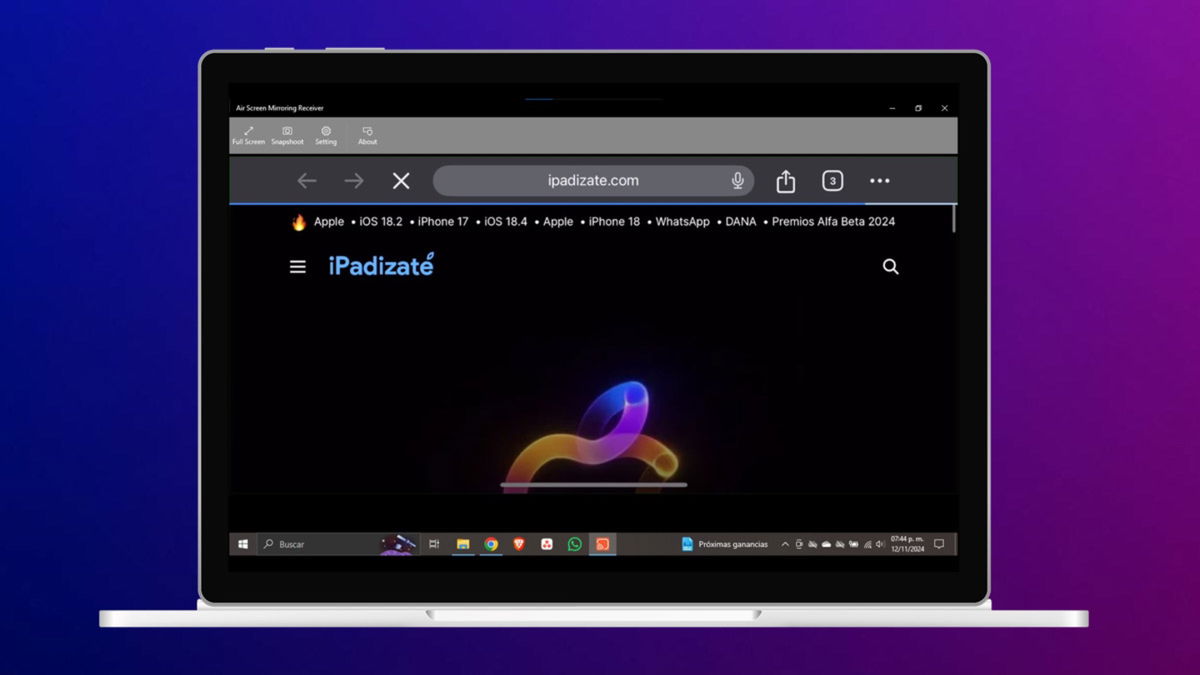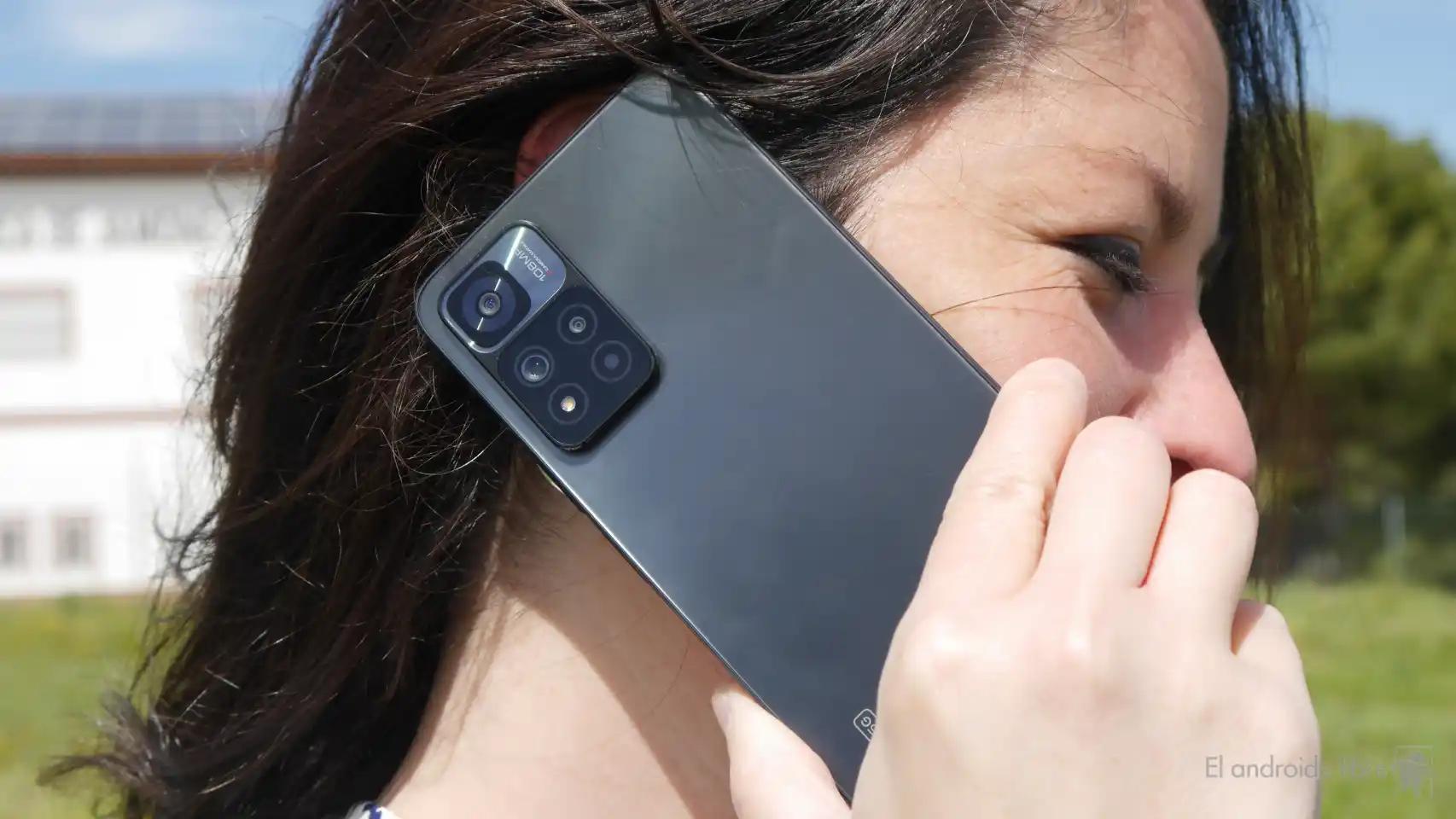Apple’s history since the original Macintosh shows a certain fairly recognizable model: it started with a few Mac models introduced each year, followed by a growing line that skyrocketed in the mid-1990s, coinciding with time. of Steve Jobs out of the company. . After Jobs returned, this figure fell again and then followed a further rebound due to changes in Apple and the market, remaining at more moderate levels. And now we come to the Mac phase using chips designed by Apple itself for the first time. What about Mac launches at this point?
We wanted to answer this question. We created a spreadsheet in which we added every different Mac computer introduced by Apple from 1984 to 2021 in which it already seems difficult to see more in the remaining five weeks of the year (even Tim Cook’s farewell in the last keynote sounded like “until next year”). Nuances: the distinction between each computer model is marked, in addition to the specific model, by its processor or by the number of ports, but not by the accumulated possibilities offered by RAM or storage expansions, nor by the number of colors in which it is available.
From this list are the 90s clones released by other brands such as products like Newton, as we consider that if it does not make sense to include the iPad or iPhone in the list nor does it make sense to include PDAs from the nineties. In all, 836 different computers released by Apple during this time, with variations from the single model introduced in 1985 (Macintosh XL) or 1988 (Macintosh IIx) to 48 different models introduced in 1995, when the company nearly went bankrupt.
33 Macs in 2019, only 10 in 2021

A few years before the transition, the number also fell, as in 2016 or 2018. These are the years when the Mac Pro made its journey through the desert with years without being updated, or with the iMac falling in. insignificance and oblivion. Apple. Also when the MacBook 12 “was discontinued or when the MacBook Air took a while to be redesigned with the new design language. Something similar to what happened with the Mac mini.
A period that led to the release of a few Macs for two alternating years and which gave way to consolidation of the trend: In 2020, the last with Intel PCs launched, 18 different models were presented, which had not happened in the days leading up to the iPhone – except for the two years mentioned. This 2021 this line has been reinforced with only ten models presented, which the simplification in terms of processors that brings the transition to Apple Silicon helps.
Now we’ll have to see how this trend continues in the years to come, when products that need updating arrive, such as the larger iMac or the Mac Pro; as well as the long-awaited redesign of the Mac mini or MacBook Air. Also with the unknown of what will happen to a 13 ”MacBook Pro that has been on awkward ground.
If we do another read of this trend, we can also see how the arrival of each of Apple’s five CEOs impacted

The Mac, just after a decade of shadows and lights, too many shadows (the butterfly keyboard, the base error with the 2013 Mac Pro, the oversimplification of the 2016 MacBook Pro, a born Touch Bar doomed to failure, too long without updating the successful MacBook Air …), facing a decade marked by the possibilities offered by the switch to ARM with chips designed by Apple itself and not by a third party, we will see how the chart is evolving in the years to come.
For the moment, everything indicates a trend that follows the path of fewer computers than at the Intel stage. The simplification that Apple Silicon allows and that the company has chosen. A quick example:
MacBook Pro 16 “
- 2019 (Intel): seis modelos. i7 2.6, i9 2.3, i9 2.4, i7 2.6 5600M, i9 2.3 5600M, i9 2.4 5600M.
- 2021 (Apple Silicon): three models. M1 Pro 16 cores, M1 Max 24 cores, M1 Max 32 cores.
For the curious, we leave the complete list of Mac computers presented each year, it is necessary to do scroll horizontal and vertical. They are not few in number.










